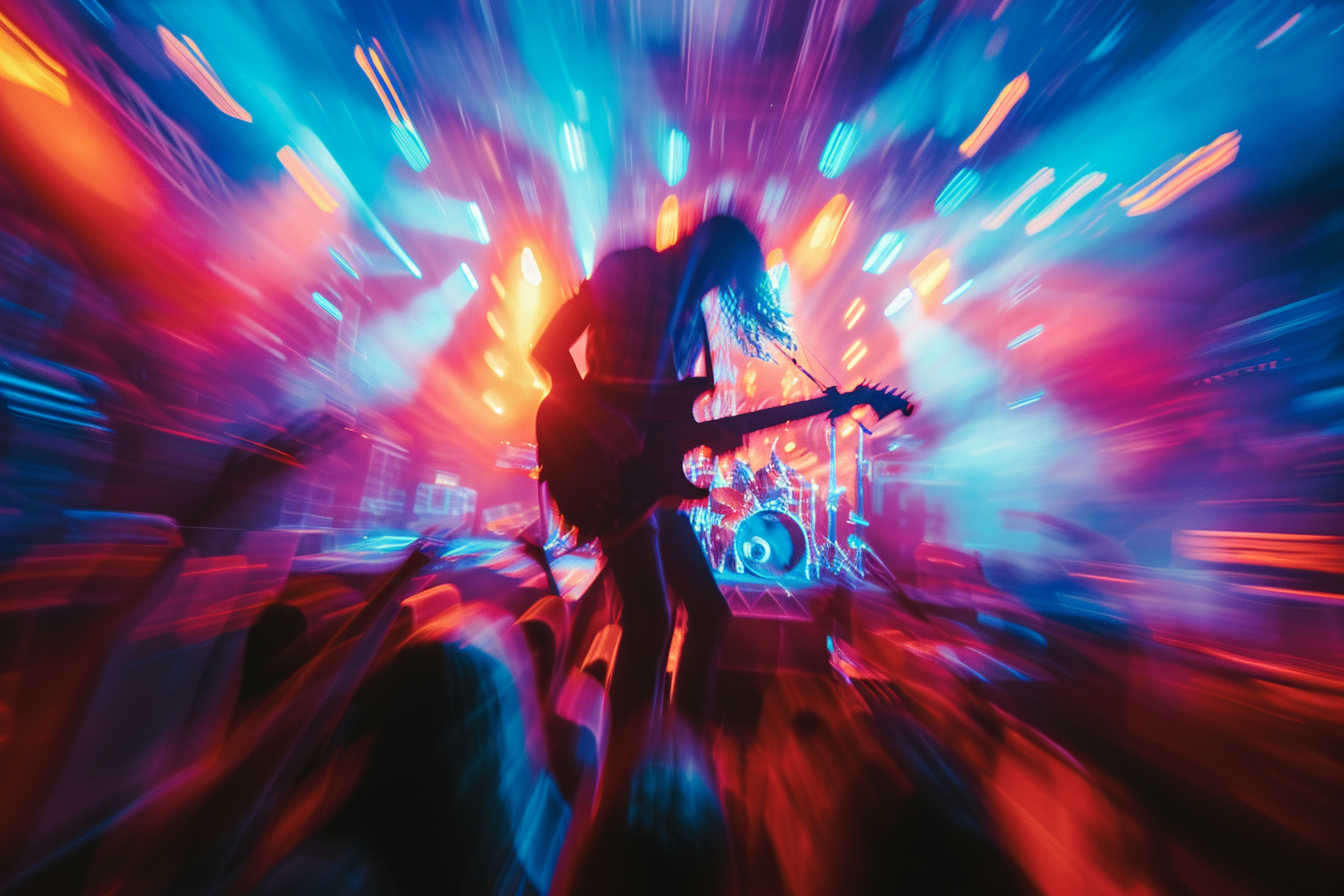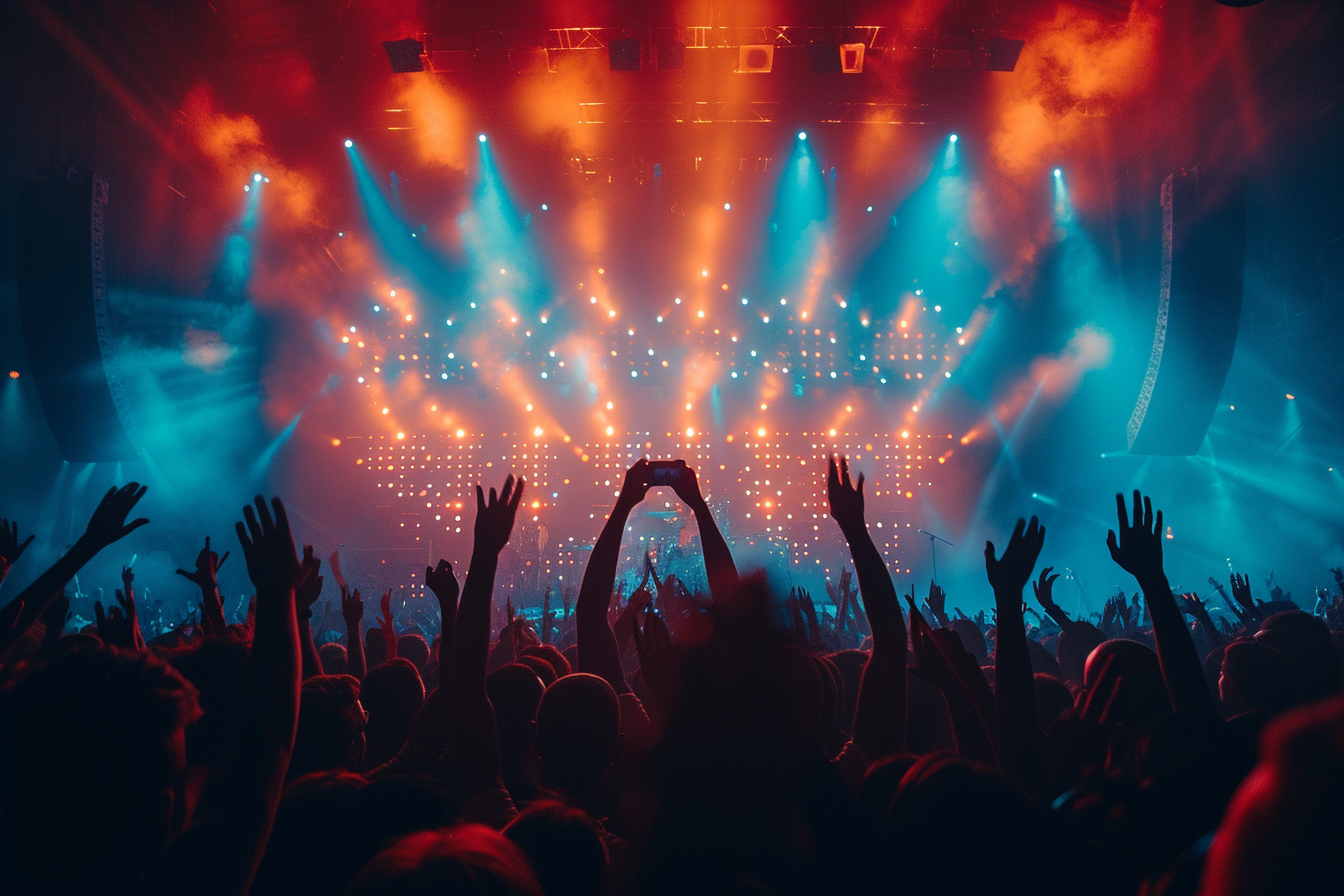Concert photography is an exhilarating field that combines the energy of live music with the art of capturing moments. From the pulsing lights to the passionate expressions of the musicians, a concert offers a myriad of opportunities to create compelling imagery. With the right techniques, you can transform your live music snapshots into breathtaking works that echo the dynamism of the performance. Let’s dive into the essential tips for achieving stunning concert photos.
Understand the venue and anticipate lighting
Gaining a solid understanding of the concert venue is a crucial first step. The layout, lighting setup, and even the crowd’s disposition can significantly impact your shots. Before the event, it’s a good idea to visit the venue’s website or social media pages to view past concert photos. This preliminary research can give you insights into what kind of lighting to expect, whether it’s harsh spotlights, strobes, or colored washes.
Consider the angles and positions from where you’ll shoot. Some venues may have restrictions on where photographers can be stationed, so knowing your limitations ahead of time can help you plan your movements and shots.
Master your camera settings
Shooting a live concert means dealing with low light conditions and fast-moving subjects. To adapt, you must have a firm grasp on your camera settings. Working primarily in manual mode will give you complete control over your exposure.
High ISO settings are typically necessary to accommodate the low light, but keep an eye on the noise levels. Modern cameras perform well at high ISOs, but finding a balance that minimizes noise while ensuring well-exposed shots is key.
Aperture and shutter speed are equally important. A wide aperture, such as f/2.8 or wider, allows more light to hit the sensor, which is ideal for low light environments. A fast shutter speed captures the fast-paced action without blur, but don’t go too high or you’ll underexpose the image. Many concert photographers find a sweet spot between 1/160th to 1/200th of a second.
Embrace the moment and engage with the music
To truly capture the essence of live music, you must engage with the performance. Feel the rhythm, understand the flow of the show, and predict when a musician might jump, strike a dynamic pose, or engage with the audience. Being attuned to the music also helps in anticipating when the lighting will change, allowing you to adjust your camera settings on the fly.
Capture a mix of wide shots that showcase the entire spectacle and tight shots that focus on emotional expressions. Don’t overlook the crowd – their interaction with the band can lead to powerful imagery that encapsulates the concert experience.
Utilize the right lenses
Choice of lens can make a substantial difference in concert photography. Fast prime lenses with large maximum apertures (such as f/1.4 or f/1.8) are excellent for low light and can create stunning background bokeh that makes the subject pop.
Zoom lenses offer versatility, especially if you’re confined to a single spot. A 24-70mm f/2.8 or a 70-200mm f/2.8 can cover a wide range of compositions without the need to swap lenses amidst the action.
Explore different perspectives
Breaking out of the standard front-on perspective can lead to much more interesting shots. Look for unique angles—shoot from the side, from behind the drummer, or even from the perspective of an audience member. Climb stairs or find elevated positions to shoot downwards, or try getting low to the ground for an up-close look at a guitarist’s fingerwork.
Play with silhouettes and shadows, especially if backlit by the stage lights, to add a layer of drama and mystery to your images. The contrast between the dark figures and the vibrant stage lights can be striking.
Mind the composition and background
While the action on stage is a primary focal point, pay attention to your composition and what’s in the background. Watch out for microphone stands, speakers, or odd lighting patterns that might distract from the main subject. The principles of composition, like the rule of thirds, leading lines, and framing, still apply in concert photography.
Try to compose on the spot rather than relying on cropping in post-processing, as this will maintain the highest image quality. Also, consider the balance between the performer and the lighting or visual effects, using them to complement each other rather than compete for attention.
Nail the post-processing
The role of post-processing in concert photography cannot be overstated. Shooting in RAW format gives you the maximum leeway for adjustments in exposure, noise, and white balance. Concert light is notoriously fickle, and colors can often be overwhelming or unflattering. A subtle hand in editing can bring back detail and balance to the images.
Focus on color correction, as the peculiar lighting in concerts can cast unnatural hues on performers’ skin. Adjust the contrast and clarity to make the subject stand out and to enhance the vibrancy of the scene. However, be careful not to overdo it; the aim is to enhance the photo while maintaining its authenticity.
Deal with the challenges of capturing motion

Motion blur can be both a friend and foe in concert photography. On one hand, it can convey the frenetic energy of a live show. On the other, it can ruin an otherwise fantastic shot. To capture sharp images of moving subjects, use continuous autofocus (AF-C) mode with a high burst rate. Your camera’s ability to track and predict movement is essential in keeping the subject in focus amidst the chaos.
Consider panning with moving subjects at a relatively slow shutter speed to keep them sharp while the background blurs, emphasizing the motion and creating a dynamic image.
Legal considerations and etiquette
When photographing concerts, always respect the rules of the venue and the wishes of the performers. Some venues may require photographers to sign a release form and restrict photography to the first few songs. Be mindful of the audience too; avoid blocking their view or using flash, which can be distracting and is typically forbidden.
Build relationships with promoters and bands to gain access to better shooting positions and opportunities. This networking is not only courteous but can also be critical for future access to events and establishing your reputation in the industry.











